Run around coil
Call us on 01634 729 690

RAC Run around coil
A run around coil system is made up of two or more multi-row finned tube coils that are connected to each other by a pumped pipework circuit. The pipework is charged with a heat exchange fluid which picks up heat from the exhaust air coil and conducts heat to the supply air coil before returning. Heat from the exhaust air stream is transferred through the pipework coil to the circulating fluid, and from the fluid to the pipework to supply the air stream.
The specific heat output capacity depends on the temperature difference between the two air streams. This means that the coil is suitable for heat and coolth recovery, serving your site all year round.
Supply and extract air handlers containing the run around coil system are commonly installed together, either stacked atop one another or side-by-side. However, depending on the logistics of your site they can be separated and installed as far as fifteen metres away from each other.
Review our Run Around Coil brochure here:
Contact us for your AHU
Our team use their expertise to design the perfect air handling unit for you. Call 01634 729 690 to reach our design engineers or send us an email at sales@eceuk.com. We also have an enquiry form you can fill out to give our team a more detailed look at your needs.
Heat recovery
efficiency
The optimal efficiency for your run around coil AHU will vary depending on the conditions at your site. Even keeping in mind legislation like Eco Design Commission Regulation (EU) No 1253/2014, profitability, and environmental protection the heat recovery efficiency should be no less than 68%. However, depending on the conditions this can reach 73%.
Investing in a high-quality, bespoke air handling unit from ECE UK brings practical cost saving benefits. You’ll lower your system’s energy consumption, reduce the need for further investment in heat generation and distribution, and mitigate damage to the environment.
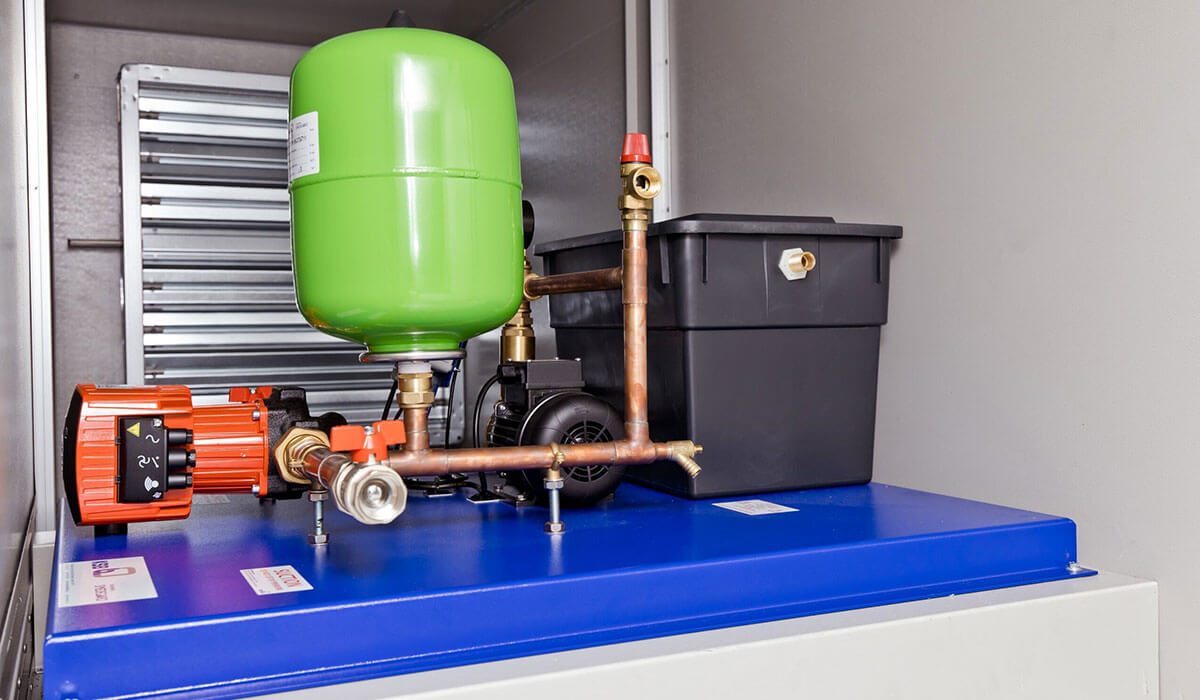
Ancillary items
Your air handling unit comes with a number of additional features that will enable you to tailor its functionality to specifically serve your site.
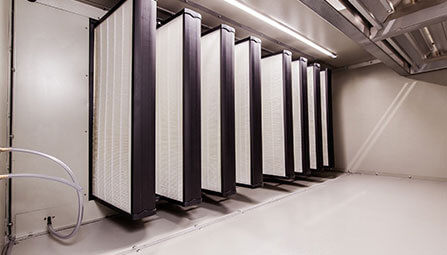
Filtration
With our superior filtration systems, you can be assured that your site’s air will be free of contaminants, irritants, and particulate.
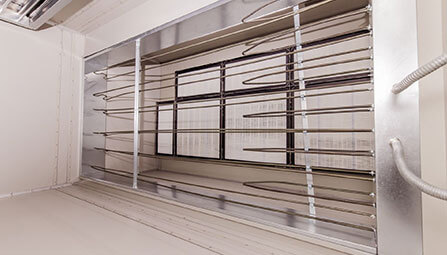
Direct heating
Direct heat exchangers are placed in the air stream to regulate the temperature. These can include electric air heater batteries or fuel burning gas heaters.
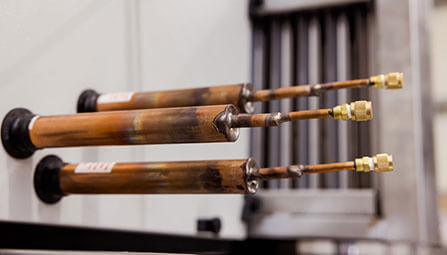
Indirect heating and cooling
Indirect heating and cooling coils use hot water or steam for heating and chilled water and are powered by a central plant.
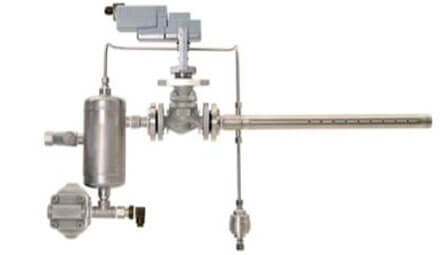
Humidification
If continuous heating is making your air drier, having an evaporative, vaporiser, spray mist, or wetted medium will help reintroduce moisture.
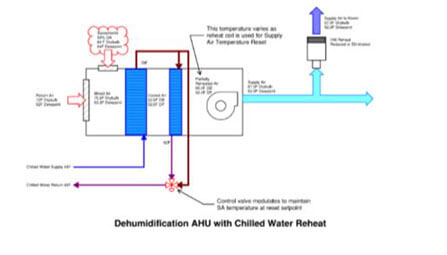
Dehumidification
The cooling coil can be employed to over-cool to condensate moisture in the air, and a heating coil keeps the room’s air at your desired temperature and relative humidity.
Intelligent energy controls
Your air handling unit can be fitted with our highly advanced intelligent energy controls as standard. They will give you a sophisticated level of control over your air system. You’ll be able to monitor air quality, CO2 ¬concentration, and energy available for recovery. This will help you maintain the optimum efficiency and still meet all of your fresh air needs.
Net zero carbon
We are committed to doing our part to achieve net zero carbon both through our practices as a company, and through our AHUs. Our machinery delivers the air highly efficiently, reducing your site’s overall carbon footprint. It will be tailored to your specific needs and can be easily controlled so it is always working optimally.
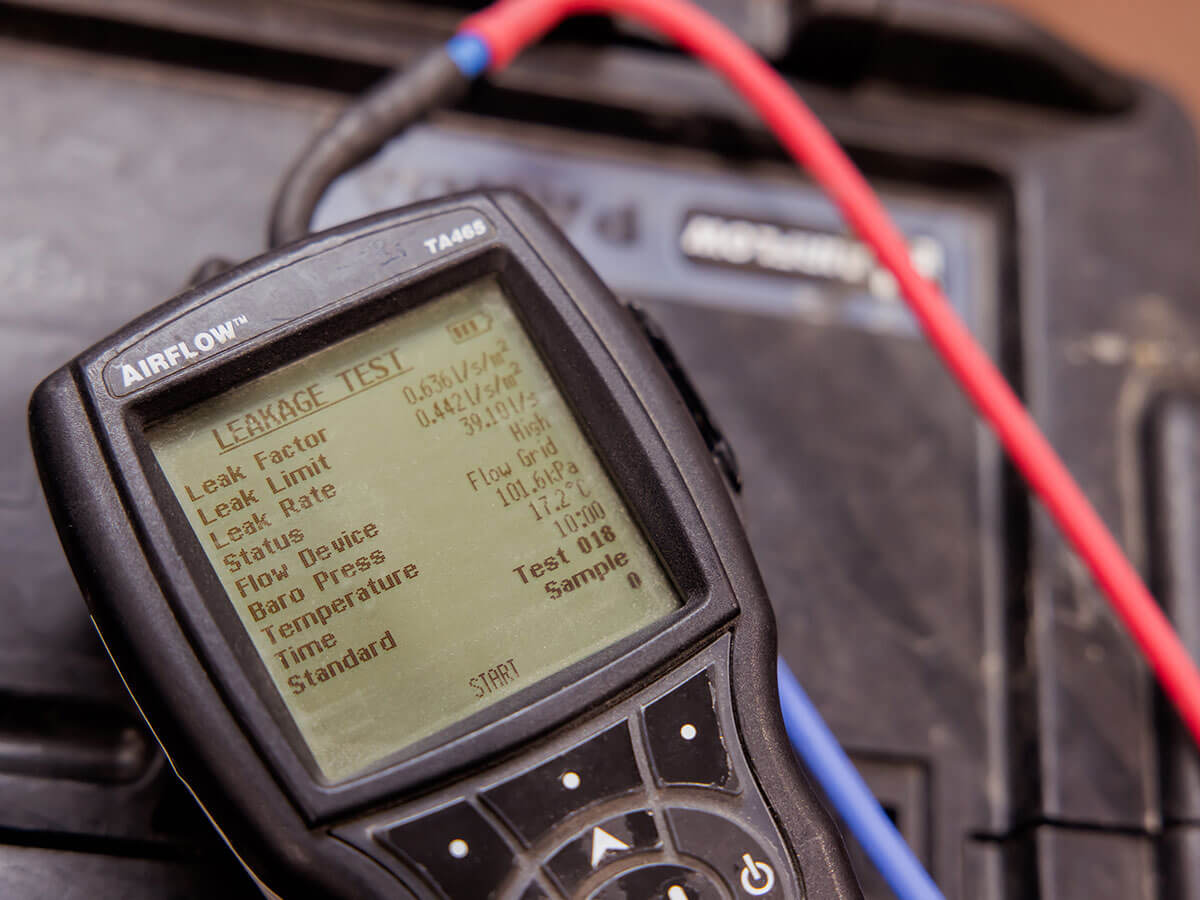
Factory acceptance test
Our engineers will conduct a Factory Acceptance Test (FAT) on your new air handling unit at the factory before its installation. This will verify that your unit contains the correct components, has been assembled according to the design, and will deliver the results you need.
- Completed FAT protocol
- Installation, Operation, and Maintenance (IOM) manual
- Recommended spare parts lists
- Certificates of compliance
- As-built certified drawings
- Air tightness certificate
- Filter DOP certificate
Contact our experts
Our team are here to cater to your needs. Get in touch today on 01634 729 690 or sales@eceuk.com to begin crafting a custom solution for your project.
